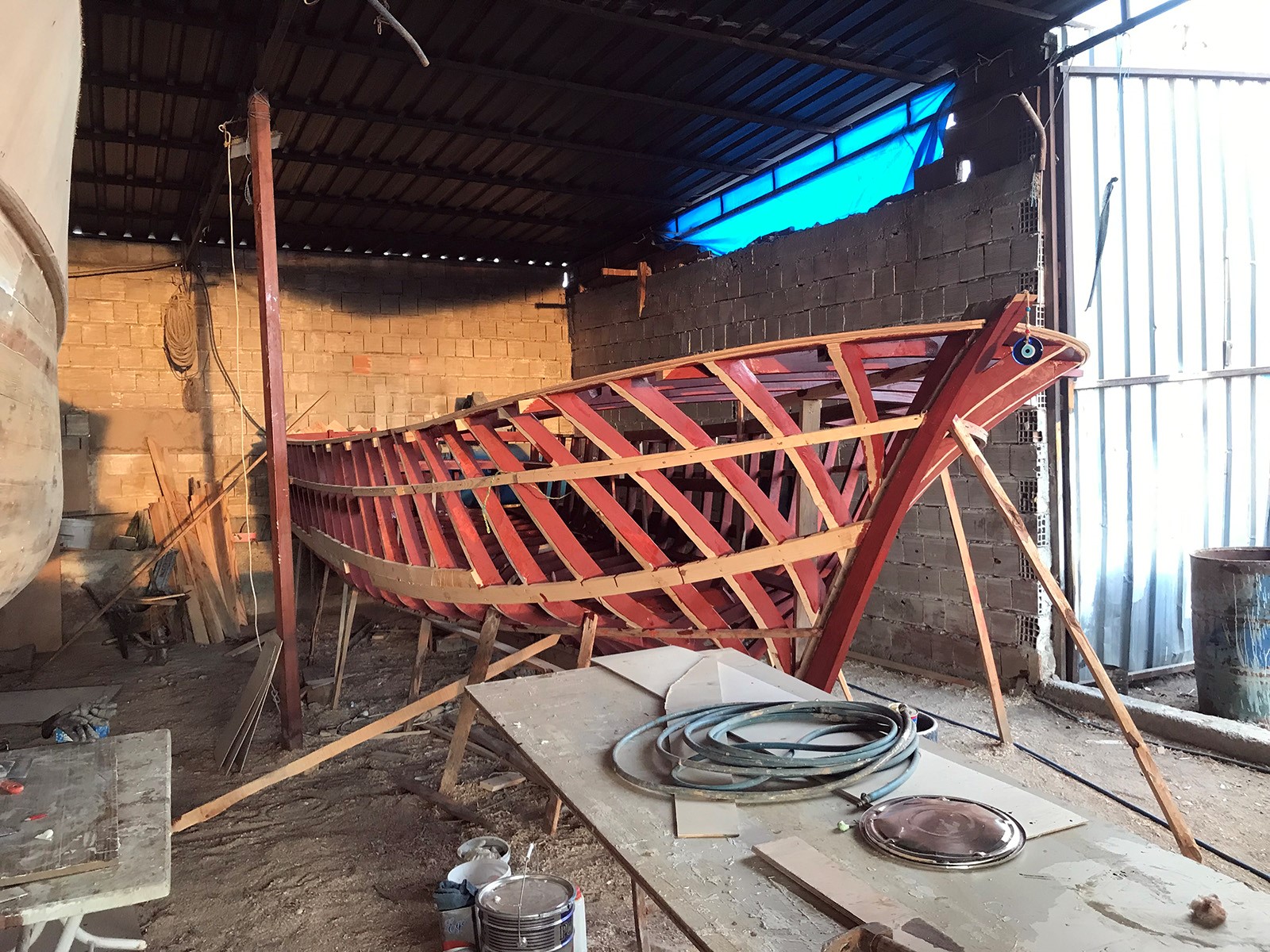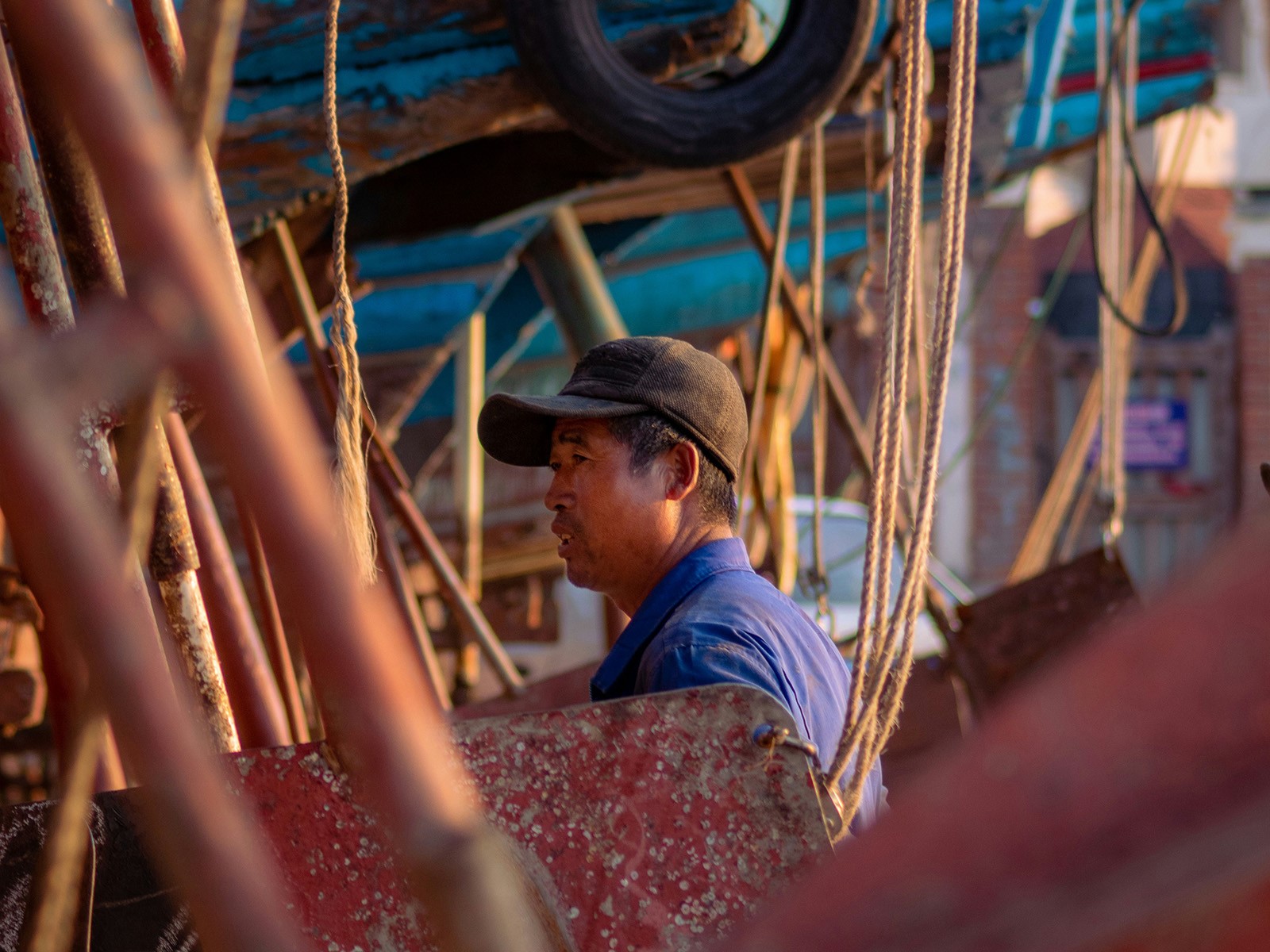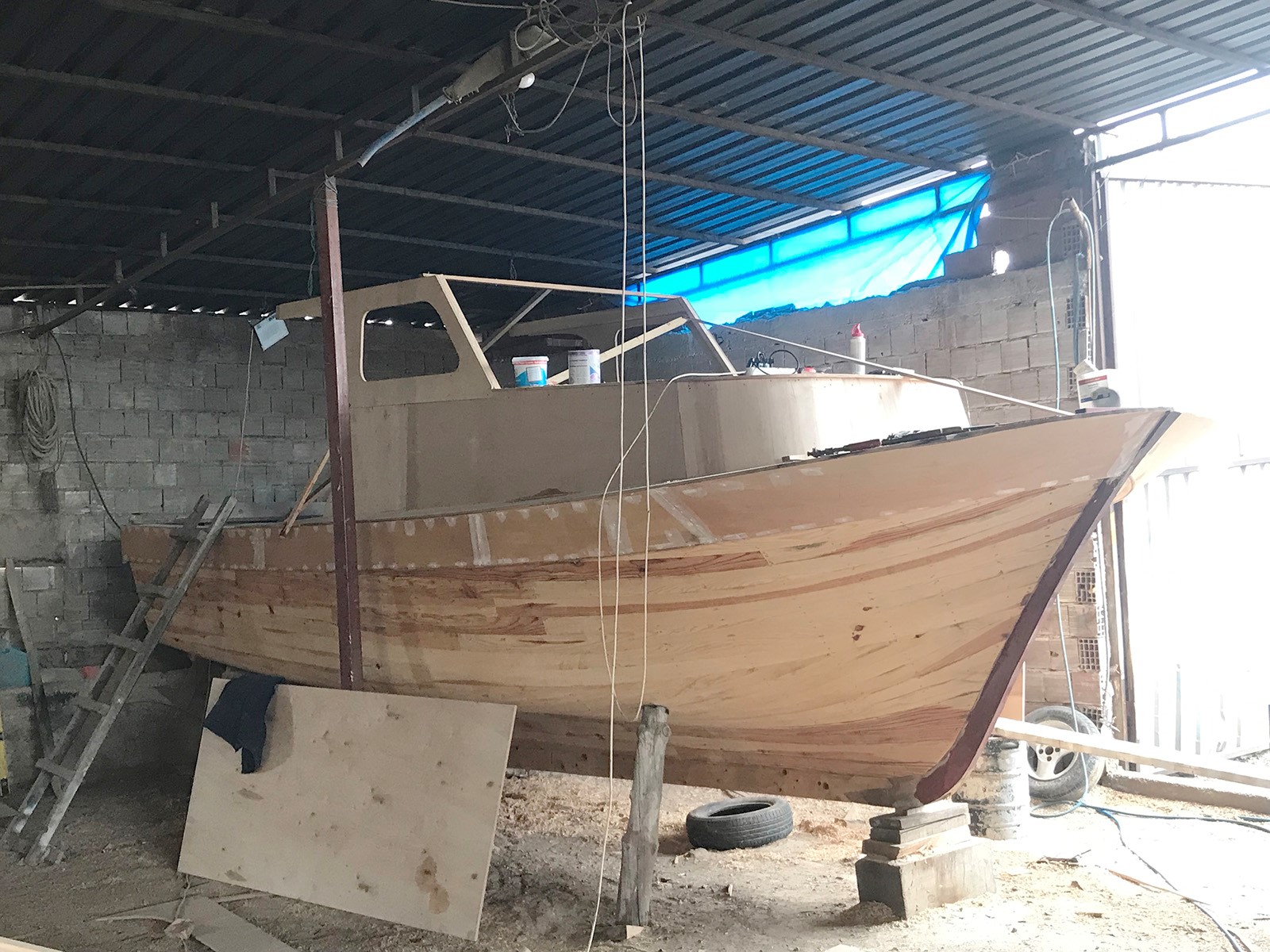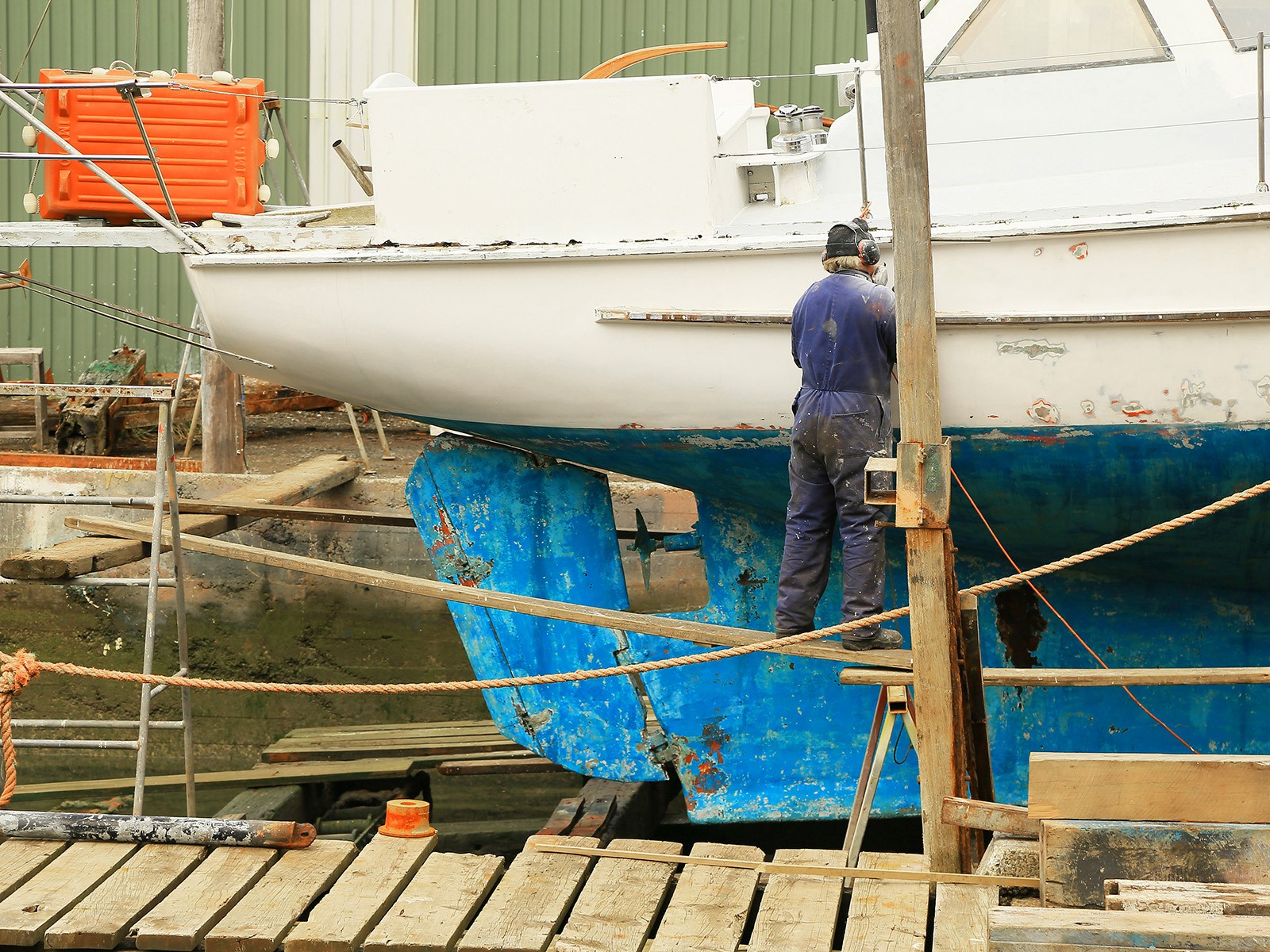Tips #7: Critical Points in Wooden Boat Manufacturing
While boat design is limited by our imagination, boat manufacturing seeks the common truth of know-how. When it comes to manufacturing wooden boats, there are even more vulnerabilities. Now let us take a look at its tips and tricks.
Görkem Baygın, Setur Marinas Ayvalık Front Office Representative
While the imagination and demands of the boat owner are decisive in manufacturing wooden boats, the quality of the boat depends on paying attention to some tips and tricks. Looking at the issue through the eyes of a craftsman, let us talk about the critical points in order.
Templating. If you already have a design project, great! Otherwise, hull architecture must be undertaken before manufacturing. It is essential at this stage to conduct tests and trials on a cast with role-play materials.

Balance. The ratio of the width to the length of the boat is the most critical point for wooden boat builders in terms of balance. Considering the wave force of the sea, which is every three seconds, the aspect ratio must be calculated accurately. This calculation is also necessary for a boat design that is in harmony with nature and marine species.
Oak, Mulberry, Mahogany and Pine. These are the trees that first come to mind when you think of wooden boats. They are distinguished by their robustness, aesthetics and resistance to abrasion. You should also keep in mind that you will not be able to cut the hardwoods that your bow and stem posts and floorboards need in the spring.
Marine Plywood. Using marine plywood in both interior and exterior applications in boat manufacturing provides weight control, increases your boat's water resistance and minimizes the damage caused by environmental impacts on wood. It also prevents the wood from swelling and cracking over time by reducing the tendency to develop mold. It also makes your boat look aesthetically more pleasing by providing a polyester effect visually.

Galvanized Tinned Nails. The fixing elements on your boat being tinned will not only make your voyages last longer but also make the bond between the protective layer and the wood stronger.
Epoxy Fiber-Resin. It increases the resistance of the boat and minimizes moisture thanks to its strong adhesion feature. Thus, it contributes to the protection of boats.
Linseed Oil. When used as a primer before painting, linseed oil darkens the color of the wood and provides durability against possible damage from external factors by dispersing into the lines.
There are other considerations at other stages in the manufacturing of wooden boats. We are saving them for our next issue.

Photographs: Unsplash (Cetteup, Fred Moon, Nareeta Martin)


